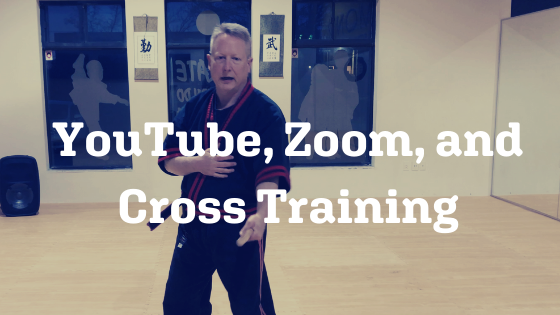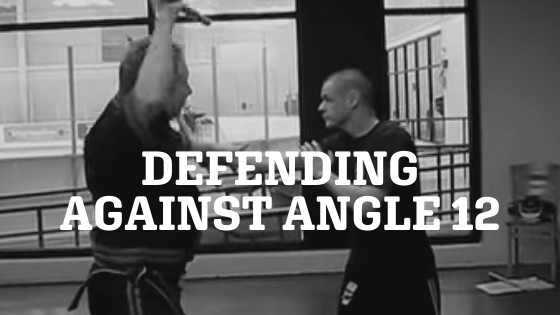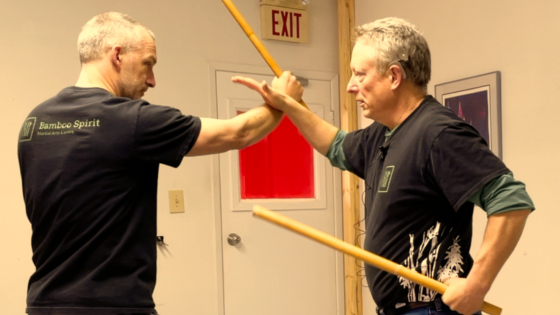Your First Filipino Martial Arts Class: What to Expect
This post delves briefly into what to expect in your first class and applies equally to children and adults.
For starters, you can expect a hell of a lot of fun!
You can expect to start on a fascinating journey through Filipino Martial Arts, which are full of endless possibilities. It’s practical. It works. The training will put a smile on your face!
Most Filipino Martial Arts training consists of weapons training, such as sticks and knives.
Training with sticks will dramatically improve attributes such as hand speed, eye-hand coordination, reaction speed, awareness, amazing reflexes, and instantaneous problem-solving.
The beautiful thing about Filipino Martial Arts is that once you understand the stick, you can transfer that knowledge to everyday items such as tote umbrellas, car keys, pens, palm sticks and many other objects to defend yourself if needed.
Most, if not all, Filipino Martial Arts translate weapons movements into empty-hand self-defence techniques as well. As a result, your confidence will soar, knowing you can handle any situation.
Before you become Jason Bourne, you have to start somewhere!
Here’s what to expect in your first Filipino Martial Arts class. For those experiencing their first class in Filipino Martial Arts, I keep it simple and teach the following:
(1) You can expect to handle a stick in your first class!
My approach differs for an adult versus a child. With an adult, I’ll hand them a single stick and start by showing the proper grip on the stick.
If you are not able to view this video, click here.
With a child, I’ll start with empty-hand single sinawali. They often learn this quite quickly depending on their age and attention span. Then I put two sticks in their hands and tell them to do the same thing. Let me tell you, kids are mesmerized by “clackety-clack” of single sinawali. They love it!
(2) Introduction to the 12 angles of attack:
Once the proper grip is established, I’ll move on to the 12 angles of attack. While showing the angles of attack, I’ll explain the reasoning behind the angles. I’ll say something like:
“We are more concerned with the angle of attack rather than the method of attack. For example, an attack that targets the left temple of your head, whether it be empty hand, knife, stick, tote umbrella, a broken bottle, or any other implement, would be considered an angle 1 attack. It does not matter what kind of attack it is as long as you recognize the angle.”
We will then practice the angles of attack, starting with the first four and, depending on the student, add the number of angles incrementally until we cover all 12 angles.
With a child, I’ll usually cover Angle One and Two. The older the child, the more angles you can cover with them.
If you are not able to view the video, click here.
(3) Block, check, counter:
A drill common to several Filipino Martial Arts, such as Modern Arnis and Balintawak, this drill is a basic introduction to the concept of “counter for counter.” In other words, a high-speed game of chess with sticks!
During this drill, you will learn one-step footwork and proper blocking. These elements cannot be emphasized enough and are reinforced from day one.
I include this drill and a couple of others in nearly every class. Practicing these basics will ensure that the student will develop high-quality structure and technique.
If you are not able to view this video, click here.
(4) Single Sinawali in the first class
There are several double-stick weaving patterns taught in my class, and they are called “sinawali.” For those introduced to Filipino Martial Arts for the first time, single sinawali is the first double-stick pattern taught in my class.
From a physical standpoint, sinawali practice builds strength of the hand, wrist and forearm through repetitive striking against an opponent’s canes. Timing becomes ingrained as a result of sinawali practice as well. In addition, sinawali practice also helps to develop range-finding skills. Sinawali practice also encourages one to explore the various aspects of the beat and/or rhythm. In short, sinawali is great for developing attributes. Learning sinawali, especially single sinawali, is a stepping stone to learning more advanced techniques.
It’s a very simple drill as seen in the video below.
If you are not able to view this video, click here.
For most newbies, this is quite enough for their first class.
(5) Great learning environment:
After viewing students in black t-shirts and wielding sticks, you might think, “who are these crazy folks?” You may be surprised that some of the best people you’ll ever meet are in Filipino Martial Arts classes!! You’ll find students who will be happy to help you through the first few classes and get used to handling a stick. They will be eager to show you some of the counters they have picked up on their journey. Most importantly, they’ll want to share their joy of practicing Filipino Martial Arts!
As Morpheus says:

Over to other Filipino Martial Arts Instructors, what do you usually cover in a student’s first class? Let’s hear from you!
Share this post:
- Click to share on Twitter (Opens in new window)
- Click to share on Facebook (Opens in new window)
- Click to share on LinkedIn (Opens in new window)
- Click to share on WhatsApp (Opens in new window)
- Click to share on Nextdoor (Opens in new window)
- Click to share on Pinterest (Opens in new window)
- Click to email a link to a friend (Opens in new window)
Brian Johns
Related Posts
4 Comments
Leave a Reply Cancel reply
Categories
- Arnis/Kali/Eskrima (113)
- Book Review (8)
- DVD Reviews (3)
- Guest Post (4)
- Inspiration (24)
- Martial Arts (99)
- My story (92)
- Safety (14)
- Tips & tricks (6)
- Uncategorized (3)
- YouTube Videos (8)






[…] a prospective student attended a trial class. She had some previous martial arts experience, consisting of karate. I taught her the 12 angles of […]
[…] a prospective student attended a trial class. She had some previous martial arts experience, consisting of karate. I taught her the 12 angles of […]
[…] the first things learned when starting in Filipino Martial Arts are the twelve angles of […]
[…] Your First Filipino Martial Arts Class: What to Expect […]